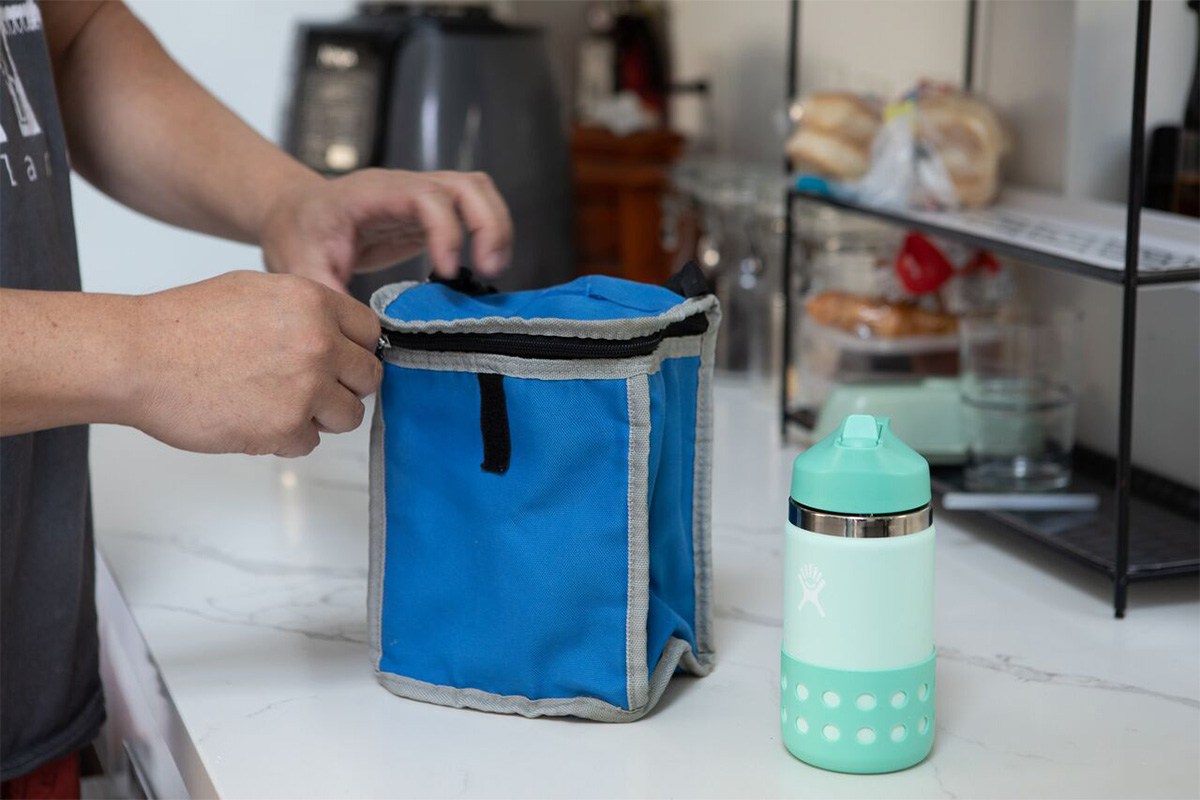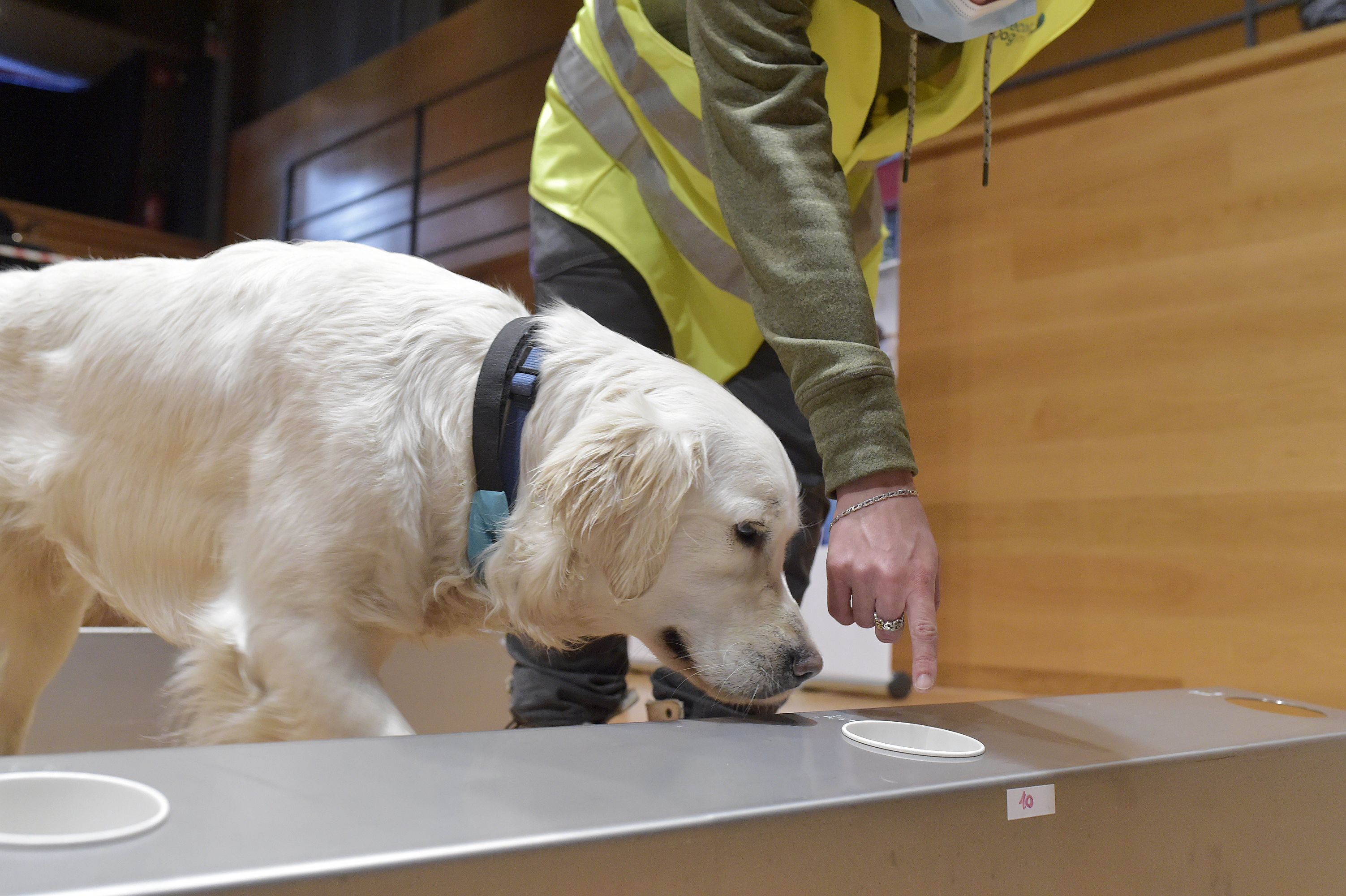GLOUCESTER, Va. (WAVY) – With overfishing, pollution and habitat loss having reduced many of the Chesapeake Bay’s fish and shellfish population, the Virginia Institute of Marine Science along with Minorities in Aquaculture and the Chesapeake Bay Foundation, planted thousands of oysters in the Virginia sanctuary reef.
Members of the Chesapeake Oyster Alliance headed out to Sarah Creek with thousands of adult oysters to add to an already growing sanctuary oyster reef.
Participants planted around 10,000 to 12,000 or more oysters in a sanctuary oyster reef Friday in Sarah Creek off the York River. Once the oysters are in the sanctuary, they will filter water and build a habitat for fish, crabs, and more. Their goal is to be up to 10 million by 2025 in the Chesapeake Bay.
The oysters being planted were raised over the last year by volunteers in CBF’s oyster gardening program.
All three groups are members of the Chesapeake Oyster Alliance, a coalition that is working towards adding 10 billion new oysters to the Bay by 2025.
“This may be a good year for oysters,” said Bill Walton of the Virginia Institute of Marine Science, “but we are looking for the next year and the year after that. And on way of doing that is by putting these juvenile oysters out into the habitat letting them grow and then reproduce.”
Imani Black with Minorities in Aquaculture was part of today’s oyster replenishment, and it was her group that dumped overboard the adult oysters into the reef some twenty feet down.
“There is a very wrong misconception that people of color are not interested in fisheries,” Black said. “It is not just about getting women of color or people of color out on to farm. It’s really having them bring all of their different skills, you know, architecture, engineering, trade schools all those different skills into the industry.”
The sanctuary oyster reef not only will filter the water, but it will also build a much-needed habitat for fish, crabs and other aquatic life.
“The reefs that we plant are not available to harvested on,” said Julie Luecke, a oyster restoration specialist with the Chesapeake Bay Foundation. “They do reproduce and so they provide oysters seeds for really the rest of the river system.”



































